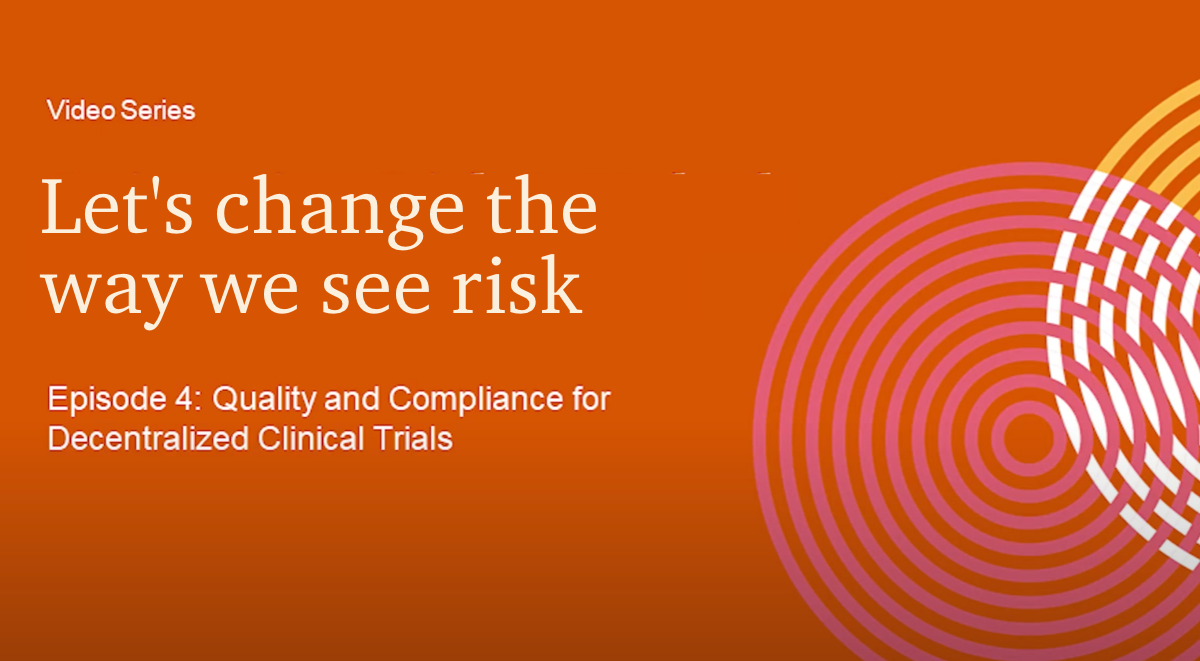Addressing risk management challenges for healthcare payers
May 14, 2023
Compliance is essential for healthcare payers, especially those serving government program populations like Medicare and Medicaid. But operational excellence and efficiency are also critical to help deliver better experiences for both members and providers while supporting compliance and profitability. With a holistic approach to data management, process monitoring and continuous improvement, it’s possible to help drive compliance and operational excellence together.
In this installment of our “Let's change the way we see risk” series, Tiffany Gallagher, Health Industries Risk and Regulatory Leader, PwC US, and Jerry Stone, Healthcare Lead Client Partner, PwC, discuss the changing healthcare payer landscape and how PwC solutions are helping improve compliance, increase operational excellence and drive increased member and provider satisfaction.
For healthcare payers serving government program enrollees, effectively managing compliance requirements are often essential, but just adding oversight can also increase complexity and reduce efficiency. It doesn’t have to be that way. With the right data monitoring solution in place, combined with an effective working collaboration between front-end operations and Compliance, healthcare payers can help improve compliance outcomes, while increasing operational excellence, which ultimately can help deliver a better member and provider experience.
Meeting the complex challenges of compliance
For healthcare payers serving government program populations, meeting compliance requirements within the daily operations continues to be challenging. The Centers for Medicare and Medicaid Services (CMS) and other regulators (e.g. Office of Inspector General, Health and Human Services) have set strict requirements on everything from how members can access care and prescription drugs, to whether they receive timely, cost-effective services along the way. Medicaid contract requirements also contain similar requirements and can vary widely across states. Moreover, the Health Insurance Portability and Accountability Act (HIPAA) Privacy Rule provides federal protections for personal health information (PHI). These are just examples.
For most payers, managing and monitoring ongoing operations while adhering to ever-changing requirements can be difficult. Payers handle massive numbers of events and transactions every day, for important tasks such as determining coverage, reviewing authorizations for care, handling appeals and grievances and communicating with members, providers and pharmacies. The sheer volume and complexity means that manually monitoring performance often isn’t possible, which is likely why many leading payers are finding automated, data-driven ways to help track operational excellence and compliance together.
The good news is that payers already have the data they need to enable this kind of approach. The bad news is that many organizations typically don’t have a holistic, centralized view of that data due to legacy IT infrastructures, disparate systems, information silos, and a disconnect between the front-end operations and compliance. What’s more, many payers also often don't have the right analytics in place to help them drive the insights they need and easily identify the cases or situations warranting the greatest attention.
Gaining efficiency with continuous monitoring
To help meet the needs of government program payers and help them drive compliance and operational excellence across their organizations, PwC has developed a continuous monitoring solution. Our services in conjunction with this solution uses near real-time analytics and key risk indicators, leveraging a proprietary rules engine based on PwC’s knowledge of payer operations and regulator focus areas, including:
Drug Management Programs (DMP) data
Encounters and Prescription Drug Event (PDE) data
Medical and pharmacy prior authorizations and redeterminations
Medical and pharmacy grievances
Medical and pharmacy claims
Formulary administration management
Highly integrated dual eligible (HIDE) special needs plans
Fully integrated dual eligible (FIDE) special needs plans
First Tier, Downstream or Related Entity (FDR) oversight
The goal of continuous monitoring is to help streamline operations, meet regulatory expectations, increase efficiency and deliver better experiences for everyone.
Regulators are aware that payers have a wealth of data, and they often expect payers to use it to comply with requirements and help deliver better services. It’s simply not acceptable to postpone making meaningful improvements until forced to do so by an audit from the CMS or another governing body.
PwC can help payers support complex compliance requirements, while bringing efficiency in execution and transparency of information across operations and compliance stakeholders.
Check out other related risk management insights

Explore our products
Stay read for new risks and remain compliant with products and technologies designed by industry experts — and built for your needs. Our consultants are here to help you keep your business protected and prepared so you can focus on what's next.
View products

